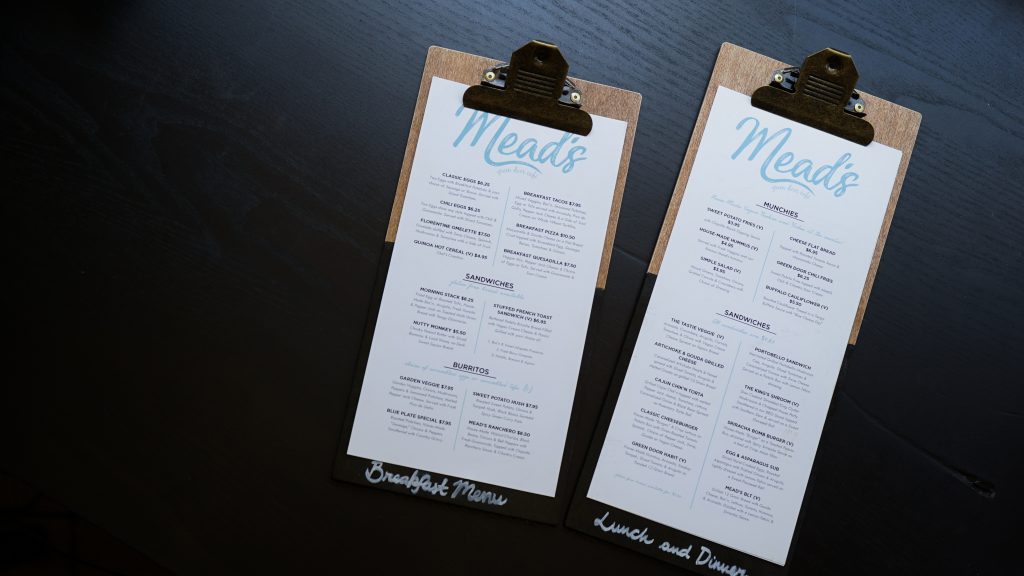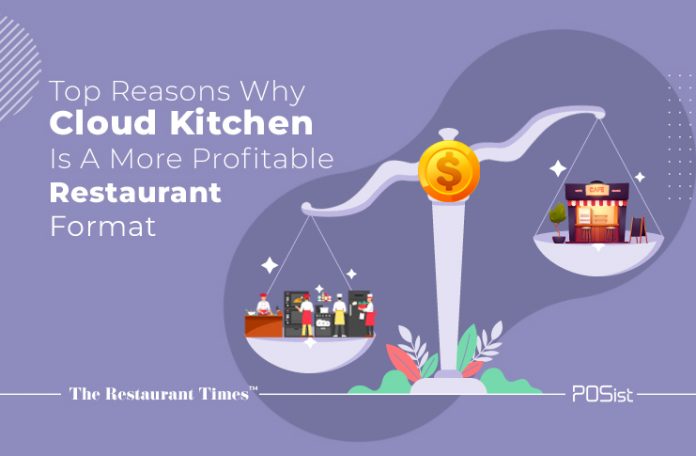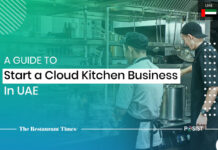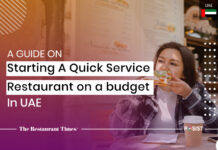The COVID-19 pandemic has severely impacted the global restaurant industry. However, in the UAE, cloud kitchens continued to grow despite the slowdown in other sectors. The reluctance of the customers to dine-in at restaurants has worked out well for the delivery-only outlets or cloud kitchens. Let’s look at what the cloud kitchen business model is and how it is better than other restaurant models.
What Are Cloud Kitchen Business Model?
Cloud Kitchens are fundamentally different from the universal dine-in or ‘brick and mortar’ restaurants. They operate out of leased spaces on a delivery-only basis and have no front-of-the-house operations. Therefore, they are also called ‘dark kitchens’, ‘ghost kitchens’ or ‘virtual kitchens’.
Cloud Kitchens use shared spaces where multiple restaurant brands often operate under one roof to lower labor and equipment costs. For instance, in the UAE, the most established brand of cloud kitchen is Kitopi, which partners with multiple restaurant brands like Papa John’s Pizza, Right Bite, Mix ‘N’ Match, etc., to grow its business and expand the customer base via online deliveries.
Cloud Kitchen Business Model vs Other Restaurant Formats In Terms Of Profitability
The UAE is witnessing a sharp rise in the number of cloud kitchen businesses. There are 400 cloud kitchen brands operating across the UAE in 80 different locations. Many of them are investing in business expansion. There must be a reason why more and more restaurateurs are embracing the cloud kitchen business. Let us find out.
1. Location
Location is an important factor that sets cloud kitchens apart from other formats. The absence of dining space allows restaurateurs to set up their business anywhere. Elements like parking or ambiance are not required to be taken into consideration. However, the factors that do need to be considered while opening up a cloud kitchen are customer demand, availability of raw materials and easy accessibility to delivery staff and suppliers/vendors. This makes it easier to set up operations in locations where traditional restaurant formats cannot be set up.
2. Low Cost
Cutting down on operating costs is a key aim of restaurateurs worldwide, and so is the case in the UAE. This has triggered a paradigm shift towards the cloud kitchen business model.
Following are some of the fixed and recurring costs that cloud kitchens help to reduce:
- Labour Costs: No front-of-the-house operations eliminate the requirement of hosts, servers, and waiters. The only staff required is the kitchen and delivery staff. Labour costs are thus reduced to a great extent.
- Front-of-the-house Operational Costs: The absence of dining space eliminates the purchase and maintenance costs of air conditioning, lighting, dinnerware, etc., along with the additional costs of decorating the interiors.
- Rental Costs: Cloud kitchens need a much smaller space compared to a regular restaurant which is why the rent is lower. For example, the average cost of setting up a small and independent restaurant ranges from AED 500,000 to AED 1.25mn, while that of renting a space in a cloud kitchen is around AED 14,000 every month.
- Inventory Costs: Since multiple brands share the kitchen, resources like raw material, supplies, equipment and spares are also shared. This reduces inventory costs overall.
3. Experimenting Opportunity
A cloud kitchen business provides a good experimenting opportunity for new restaurateurs. Even for experienced entrepreneurs, it is an opportunity to innovate products and services with creative new ideas. Menu changes are also easier to incorporate compared to regular restaurants.
Restaurateurs who own hybrid models, i.e., delivery-only outlets along with brick-and-mortar restaurants, can try out novel food products through cloud kitchens. If they are well received by customers, they can be included on the dine-in menu as well. After all, it takes only a click for cloud kitchens to change their menus across all outlets.

4. Scalability
Easy scalability contributes a lot to the success of cloud kitchen businesses. A cloud kitchen business model allows the operators to expand their geographical boundaries with ease and without having to spend on real estate. Since the setup consists of only a kitchen and no dining space, it is easier to scale the business across countries. For instance, Sweetheart Kitchen, a Dubai-based cloud kitchen startup, manages over 30 brands and plans to expand to Kuwait and Saudi Arabia by the second half of 2021.
5. Efficiency
Cloud kitchens are a more efficient format compared to other restaurant formats. The first pillar of efficiency is good POS software that streamlines every single operation of multiple brands. One needs to be thoughtful while buying the perfect POS software for their cloud kitchen model.
The second pillar is the cloud kitchen concept itself. Busy hours, like the lunch hours or the wait hours, tend to cause delays in restaurant operations. On the other hand, delivery-only outlets deliver more orders than a typical dine-in restaurant as there is no table turnover time for customers. The food is directly delivered to the customers from the kitchen, thereby improving speed and efficiency.
6. Multi-Brand Cloud Kitchen Business Model
As the name suggests, a multi-brand business model allows multiple restaurant brands to operate under one roof and share a common kitchen. Similarly, a single restaurant can also house multiple brands, cuisines, and outlets. This is how multi-brand business models provide flexibility to restaurant operators.
Cloud kitchen models also create a level playing field for new restaurateurs as it is easier to secure licenses and approvals than starting a regular restaurant. Thus, it is always advisable to place your bets on cloud kitchens if you are looking to open a restaurant.
7. Customer Safety
Customer safety is paramount in today’s era and is also one of the core reasons responsible for the growth of cloud kitchens. Lockdown-related restrictions have caused heavy losses to numerous restaurants since the start of the pandemic. Despite dine-in restaurants implementing social distancing and sanitization measures, customers do not feel safe dining out the way they did before.
Thus, the cloud kitchen business model is an excellent solution to the post-lockdown situation not just in the UAE but all over the world. It allows the customers to order from the safety of their homes and receive orders at their doorstep. Unlike dine-in restaurants and other restaurant formats, cloud kitchens ensure customer safety, given that the staff (kitchen, delivery staff, etc.) involved in the process follow contactless delivery, proactive sanitization, and other recommended safety norms.
The above reasons explain why the cloud kitchen business model is more lucrative than other restaurant formats in the UAE. Invest in or partner with existing cloud kitchens to set yourself leagues apart from other restaurateurs!


















